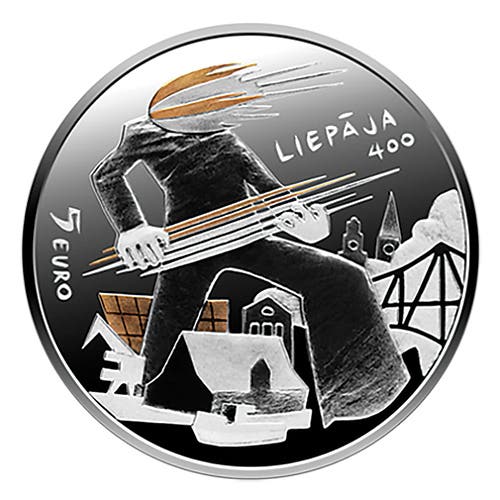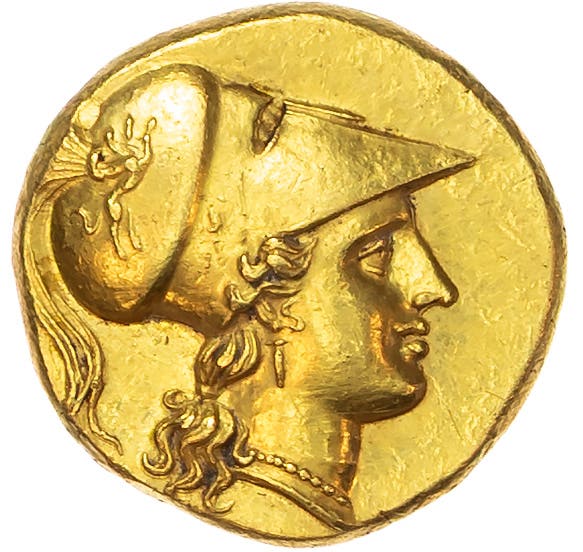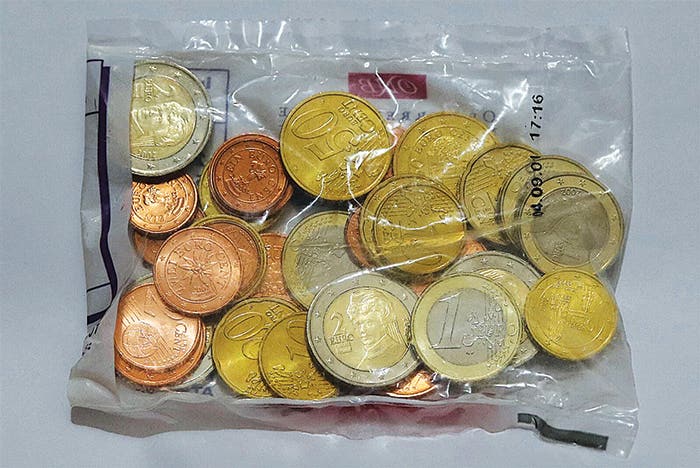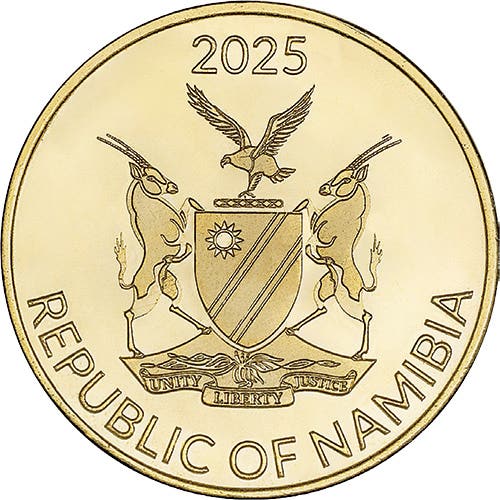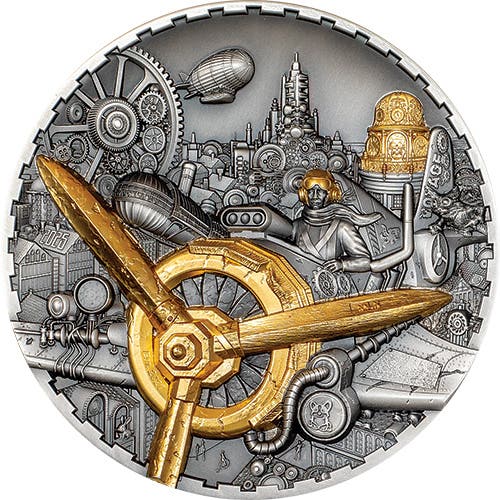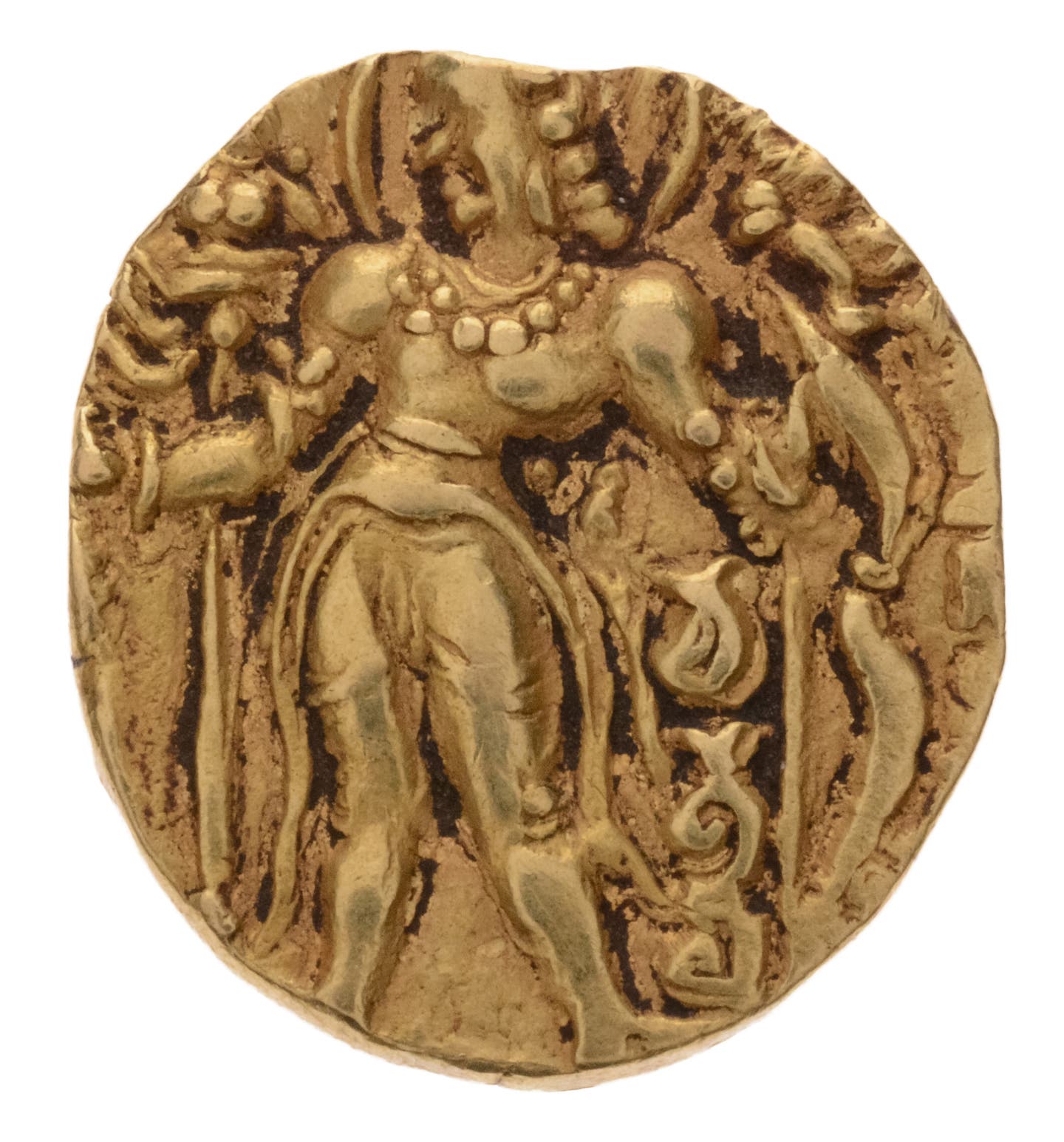New British pound comes at a cost
The “round pound” will be no more by the end of 2017, but the cost of replacing “the Maggie” with a new 12-sided coin will come with a significant price…
The “round pound” will be no more by the end of 2017, but the cost of replacing “the Maggie” with a new 12-sided coin will come with a significant price to the vending industry.
The then-new £1 denominated coin received both of these nicknames when it was first introduced in 1983 during the administration of Prime Minister Margaret Thatcher. The coin was unpopular when first introduced, but since the bank note of the same denomination was withdrawn the coin was ensured it would circulate successfully.
According to the Automatic Vending Association, it will likely cost the vending industry about £32 million to ensure the approximately 500,000 vending machines across the United Kingdom will accept the new version of the coin during 2017.
Adding to this, the British Treasury recently urged vending machine companies to adapt their equipment for the six-month transition period of March to September, during which both the old round and the new 12-sided £1 coins will circulate simultaneously. Vending machines will need to be reprogrammed again as the round coin is demonetized later during the year. Prior to that time businesses will be required to accept both the old and the new coins. This will also impact over-the-counter sales, meaning cashiers will need to be re-trained as well.
According to the Oct. 31 issue of The Guardian newspaper, “The Guardian understands that around 40 percent of vending and other cash-receiving machines will require the coin mechanism to be removed and sent away to be upgraded. Newer machines can be updated with a simple software upgrade.”
The British Royal Mint is hosting a special website called TheNewPoundCoin.com that suggests businesses check prior to March to see if their cash-handling equipment will require updating while ensuring these machines will handle both the old and the new £1 coin.
The reasons for the updated coin are well-known. As many as perhaps one in 30 £1 coins now in circulation are counterfeits.
The British Treasury needs to consider caution regarding what it says about the coin about to replace the “round pound.” Chief Secretary to the Treasury David Gauke recently bragged, “The pound as we know it will not be round for much longer. The introduction of this new £1 coin will be a highly significant event and we are working with the Royal Mint to ensure key industries are ready and to ensure a smooth transition. The new £1 coin will be the most secure of its kind in the world and its cutting-edge features will present a significant barrier to counterfeiters, reducing the cost to businesses and the taxpayer.”
Perhaps in the long run the cost to businesses and taxpayers will be reduced, but right now the vending industry is likely considering changing vending mechanisms to accept debit and credit cards exclusively. Counterfeiters are likely watching with interest.
AVA Chief Executive Jonathan Hart said, “We will continue our work to ensure that members of the vending industry are fully informed and prepared for the changes in order that the transition be as smooth as possible.”
The new 12-sided £1 coin is admittedly similar to the former 12-sided threepence that pre-dates Britain’s current decimal coinage system. The 2017 issue will have a distinctively silver color nickel-plated central alloy plug with a golden color nickel-brass outer ring.
The new coin will also have a hologram-like latent image that will change from the symbol “£1” to “1” when tilted at different angles. There will be micro-lettering around the obverse rim reading “one pound.”
The 2017 £1 will have a milled edge with alternating reeding or grooves. The BRM indicated the coin will also have an additional hidden high security feature that has not been revealed on purpose in an effort to discourage counterfeiting.
A depiction of Queen Elizabeth II similar to that on the current coin will appear on the obverse, with a crown and four plants growing from a single stem symbolic of the UK’s four nations on the reverse. The rose will represent England, leek for Wales, thistle for Scotland and shamrock for Northern Ireland.
According to Treasury information, “After Autumn 2017 businesses should no longer accept the existing round coin from customers and should no longer distribute it themselves. However it will still be possible to deposit the old coins at most High Street banks and the post office.”
This article was originally printed in World Coin News. >> Subscribe today.
More Collecting Resources
• Subscribe to our monthly Coins magazine - a great resource for any collector!
• Purchase your copy of The Essential Guide to Investing in Precious Metals today to get started on making all the right investing decisions.




